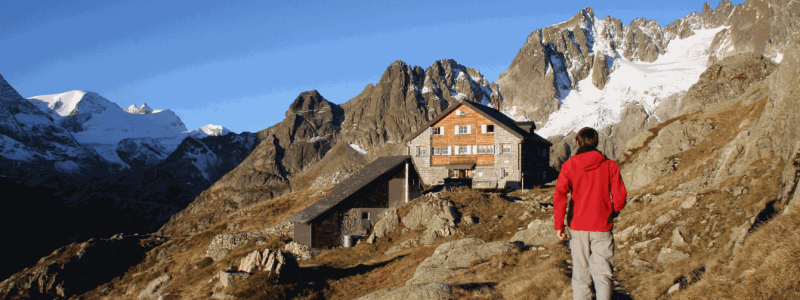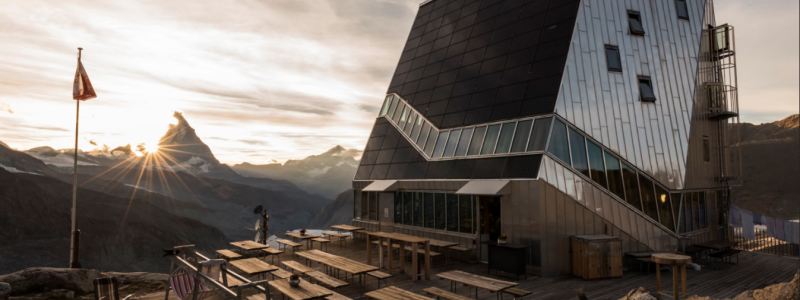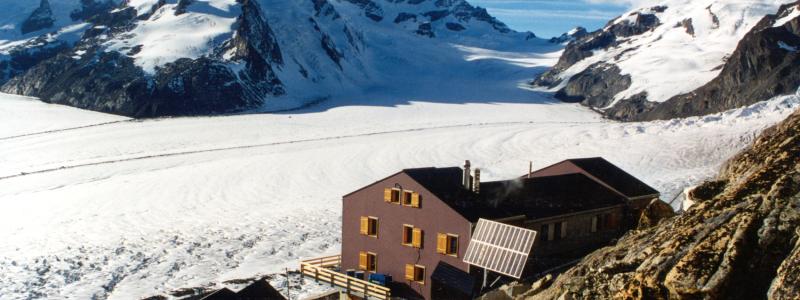Discovering the Swiss mountain huts
The mountain huts operated by the Swiss Alpine Club (SAC) are unique in Switzerland and the world. Since the middle of the 19th century they have offered shelter and lodging in some of the most rugged mountain areas of the Swiss Alps. There are currently 153 SAC huts with a capacity for some 9,000 people in the Swiss Alps – from emergency bivouacs at altitudes above 4,000 metres, to self-catering huts, to mountain chalets that offer hikers ample creature comforts. SAC huts are open to all hikers and mountaineers.
The story of Switzerland's mountain huts goes back to the middle of the 19th century, a time of Alpine exploration and the first ascent of many of the country's highest peaks. The first Alpine clubs were founded during the heyday of Alpine conquest: the British Alpine Club in 1857, the Austrian Alpine Club in 1862 and the Swiss Alpine Club in 1863.

The birth of Alpine mountaineering in Switzerland
Despite significant advances in cartography, knowledge of Alpine mountain regions remained sketchy in the mid-19th century. Anyone contemplating a mountain excursion had to be prepared for the possibility of a multi-week expedition with an uncertain outcome. Numerous Swiss summits remained unscaled and bore no official names. The ascent of the Jungfrau in 1811 made it the first four-thousander to be conquered in Switzerland, followed by the Finsteraarhorn in 1812 and finally the Matterhorn in 1865.
From primitive huts...
Because mountain refuges were few and far between at higher elevations, mountaineers often had to build their own or make do with spartan, primitive huts where they would cook, eat and sleep in a single, usually cold and damp common room. The first hut in the history of the Swiss Alpine Club, the Grünhornhütte, was built by the Tödi SAC section in 1863, the year the club was founded. Over the years, wood and stone huts would be built with newly developed insulation materials, providing drier and more comfortable shelter.
...to modern mountain lodgings
SAC mountain huts have changed substantially since the middle of the 20th century, when steel and glass began to be used as building materials. And over the past 20 years, architectural competitions, prefabricated components and faster construction times have resulted in architecturally much more sophisticated SAC hut projects.
Today's refurbished or newly built SAC huts are barely distinguishable from buildings in residential areas in terms of architecture, technology and sustainability. Solar panels and micro hydro turbine generators are used to meet electricity needs, and smart solutions are applied to treat waste water. The SAC also has to comply with fire, food safety and other regulations.
New guests, new needs
Just as SAC huts have changed over the years, so have the guests who stay in them. Nowadays, mountaineers only account for the majority of overnight visitors in high-altitude mountain huts. Many SAC huts are easily accessible along well-maintained trails used by hikers, mountain bikers, families and day trippers. These new guests also have new expectations.
Hikers, for example, like half-board meals prepared with fresh ingredients and huts with smaller rooms, toilets and washing facilities. They also expect the environmental footprint of their stay to be as small as possible. A modern mountain hut that appeals to a diverse clientele must therefore meet a wide range of needs and requirements.
Open to all
A stay in an SAC hut is always a special experience – not only because you've earned it by hiking up a mountain but also because you'll be sleeping on top of the world.
Mountain huts also bring together people of very diverse backgrounds, needs and goals. Experienced mountaineers set off well before the crack of dawn and leisure hikers take it a little easier, but everyone sits together at long tables at supper time. Very few mountain huts have double rooms or showers. Most have dormitory rooms with multiple beds.
Discover 10 exceptional SAC huts in the gallery below!









